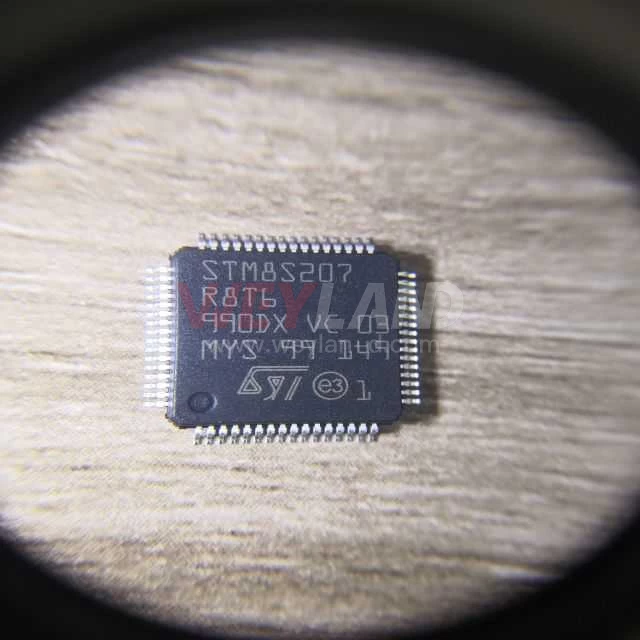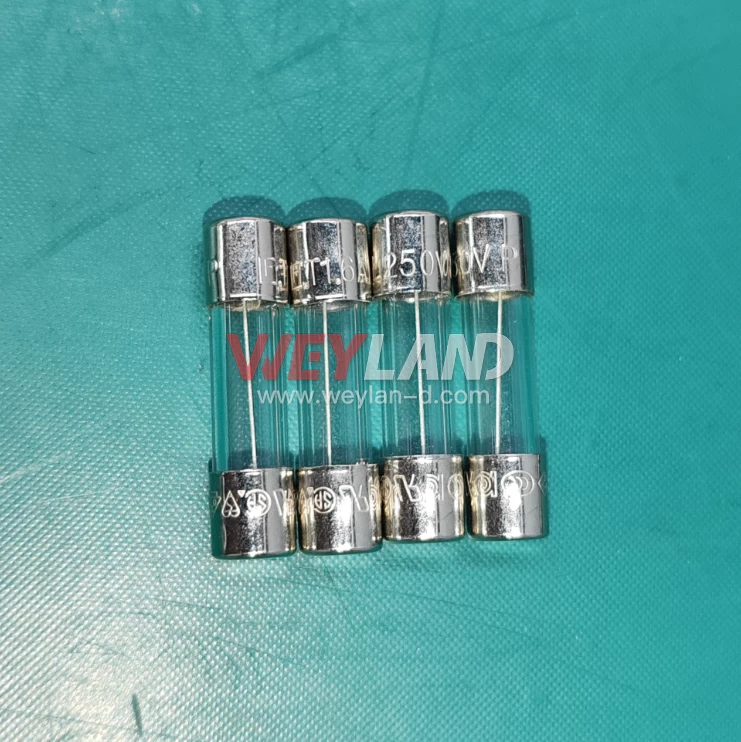



What are the test cases for Ethernet chips
Ethernet chips are core components of modern network devices, widely used in switches, routers, servers, embedded systems, and other devices. To ensure the stability, performance, and compatibility of Ethernet chips under different environmental and load conditions, the design of test cases is crucial. Test cases not only help identify potential hardware failures but also verify whether the chip's functions meet the standards and design specifications.
This article discusses common Ethernet chip test cases, including functional testing, performance testing, compatibility testing, and stability testing, all aimed at ensuring efficient operation and quality assurance of the chips.
1. Functional Test Cases
Functional testing primarily validates whether the Ethernet chip can execute basic network functions according to design specifications and standards. Common test cases include:
1.Basic Link Test
- Objective: To verify whether the Ethernet chip can correctly establish a physical connection with other devices.
- Test Steps:
- Connect Ethernet cables between devices and enable the link functionality.
- Use the Ping command or link status check tools to confirm whether the devices have successfully established a connection.
- Expected Results: The link is established successfully, signal transmission is stable, and the link status indicator light is on.
2.MAC Address Test
- Objective: To verify whether the Ethernet chip can correctly generate and manage MAC addresses.
- Test Steps:
- Retrieve and verify the generated MAC address of the chip.
- Compare the MAC address in the test device with the actual generated MAC address.
- Expected Results: The MAC address matches the expected value and there are no conflicts.
3.Frame Send and Receive Test
- Objective: To verify whether the chip can correctly send and receive Ethernet frames.
- Test Steps:
- Send an Ethernet frame with specified content to the target device.
- Use tools to capture and verify whether the data frame content matches the one sent from the source.
- Expected Results: The data frame content matches exactly, and no data is lost.
4.Auto-Negotiation Test
- Objective: To verify whether the Ethernet chip can correctly auto-negotiate the link speed and duplex mode.
- Test Steps:
- Connect the device and enable auto-negotiation.
- Use command line or test tools to check the negotiated link speed and duplex mode.
- Expected Results: The chip should automatically negotiate the appropriate link speed and duplex mode based on the network environment.
2. Performance Test Cases
Performance testing primarily checks the stability and response time of the chip under high loads and various network conditions. Common test cases include:
1.Throughput Test
- Objective: To verify the throughput capability of the Ethernet chip under high load.
- Test Steps:
- Use a traffic generator to send the maximum data load and test the chip's throughput.
- Record the throughput of sent and received data, and analyze packet loss rate and latency.
- Expected Results: The chip should be able to handle the required maximum throughput, with a low packet loss rate and latency within acceptable limits.
2.Latency Test
- Objective: To verify the processing latency of the chip.
- Test Steps:
- Send a specific number of data packets and monitor the time from sending to receiving using network analysis tools.
- Record the latency of each packet and calculate the average latency.
- Expected Results: The latency time should meet the standard and remain stable under high load.
3.High Concurrency Performance Test
- Objective: To verify the chip's ability to handle multiple concurrent sessions.
- Test Steps:
- Create multiple concurrent connections in the test environment and send data streams.
- Monitor the chip's response ability and stability.
- Expected Results: The chip should operate stably with multiple concurrent sessions, and response times and throughput should not be significantly impacted.
3. Compatibility Test Cases
Compatibility testing primarily verifies the chip's compatibility with different network devices, protocols, and standards. Common test cases include:
1.Network Protocol Compatibility Test
- Objective: To verify whether the chip supports common Ethernet protocols, such as IPv4, IPv6, ARP, etc.
- Test Steps:
- Set up a network environment with different protocols and send and receive data packets.
- Check the chip’s performance when handling different protocols.
- Expected Results: The chip should support mainstream protocols and correctly handle different types of data packets.
2.Device Interoperability Test
- Objective: To verify the chip’s interoperability with devices from different manufacturers.
- Test Steps:
- Connect devices from different manufacturers, such as switches and routers, and perform data transmission.
- Check whether data transmission is stable and free of issues.
- Expected Results: The chip should be compatible with devices from various manufacturers, and data transmission should be unaffected.
4. Stability Test Cases
Stability testing primarily verifies the chip's reliability during long-term operation and under extreme conditions. Common test cases include:
1.Temperature Variation Stability Test
- Objective: To verify the chip’s stability under extreme temperature conditions.
- Test Steps:
- Test the chip’s operation in high and low-temperature environments.
- Check whether the device continues to operate normally without any anomalies.
- Expected Results: The chip should operate stably within the specified temperature range.
2.Voltage Fluctuation Stability Test
- Objective: To verify the chip's reliability under voltage fluctuations.
- Test Steps:
- Simulate a voltage fluctuation environment and observe the chip’s performance.
- Check whether the chip operates stably or experiences resets or disconnections.
- Expected Results: The chip should be resistant to voltage fluctuations and run reliably.
Conclusion
Testing Ethernet chips is key to ensuring the performance and stability of network devices. By following the above functional, performance, compatibility, and stability test cases, the various parameters of the Ethernet chip can be comprehensively assessed to ensure optimal performance in real-world applications. As network demands continue to increase, chip manufacturers and network device vendors must continuously optimize testing processes to meet the increasingly complex network environments and rising performance requirements.

Please contact us if the source is mislabeled or violates your legal rights.
We will promptly correct and delete, thank you.










.9246509.png)












[email protected]
7500A BEACH ROAD #04-307 THE PLAZA SINGAPORE (199591)
RM 705.7/F.FA YUEN COMM BLDGNO.75-77.FA YUEN STREET.MONGKOK.KLN.HONG KONG
